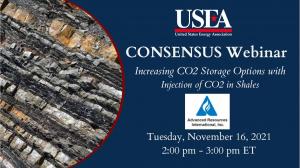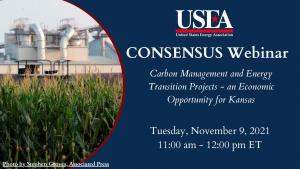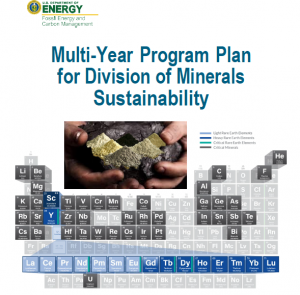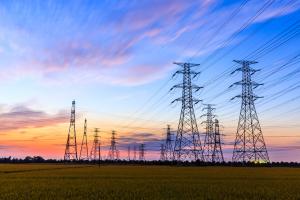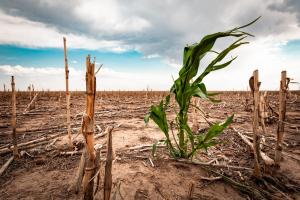November 29th, 2021
What does COP26 mean for U.S. electric utilities? The high-stakes U.N. global climate change summit in Glasgow, Scotland, is over and its impact is being assessed by utilities.
November 16th, 2021
Join us as USEA and Advanced Resources International (ARI) present the results of their study-- “Increasing CO2 Storage Options with Injection of CO2 in US Shales.” The study has defined three new, large capacity settings for geologically storing CO2 in shale formations—the Niobrara Shale in the DJ Basin of Colorado, the Cana-Woodford Shale in the Anadarko Basin of Oklahoma, and the Mowry Shale in the Powder River Basin of Wyoming. These three shale formations would provide nearly 4,600 million metric tons (MMmt) of CO2 storage capacity in basins and states where CO2 storage capacity in sal
November 9th, 2021
The current national target is to reduce CO2 emissions by three gigatons per year until 2050, increase power grid sustainability and capacity, and provide sufficient power generation and infrastructure for electric vehicles. Based on analyses by Black Rock and other investment funds, carbon management, hydrogen, critical minerals development, and related technologies are part of a projected $130 trillion market revolution.
October 20th, 2021
To address the challenge of leading the United States to secure national independence from rare earth element (REE) offshore reliance, the United States Department of Energy in 2014 performed an initial assessment under its Feasibility of Recovering Rare Earth Elements program, to assess the potential recovery of REE from coal and coal by-products which included run-of-mine coal, coal refuse (mineral matter that is removed from coal), clay/sandstone over/under-burden materials, ash (coal combustion residua
October 22nd, 2021
Many thought leaders say there is a significant danger of destabilizing the world energy situation if natural gas is eliminated, as nations aren’t yet prepared for a full transition to renewables.
October 19th, 2021
Join Beth (Hardy) Valiaho from the International CCS Knowledge Centre (Knowledge Centre) in a discussion about how the organization has seen positive momentum from applied learning of the Boundary Dam CCS facility and increased buy-in globally on CCUS as a part of net-zero commitments.
September 15th, 2021
With an introduction by Sheila Hollis, Acting Executive Director of the United States Energy Association
July 30th, 2021
Never has resilience in the electric utility industry been more critical than it is right now. Extreme weather -- heatwaves, hurricanes, and arctic blasts -- and constant cyber threats are everyday occurrences. These events can interrupt power supply calamitously at any time and without a scintilla of warning.
June 25th, 2021
The United States Energy Association, in collaboration with journalist Llewellyn King, will address the impact of the megadrought in a virtual press briefing featuring a panel of industry experts who will be questioned by reporters.
June 23rd, 2021
The United States Energy Association is proud to host Coyote Clean Power (CCP), the Colorado Energy Office, the Southern Ute Indian Tribe, and Svante, in a discussion around carbon capture in Colorado and the Southern Ute Indian Reservation.
Pages


